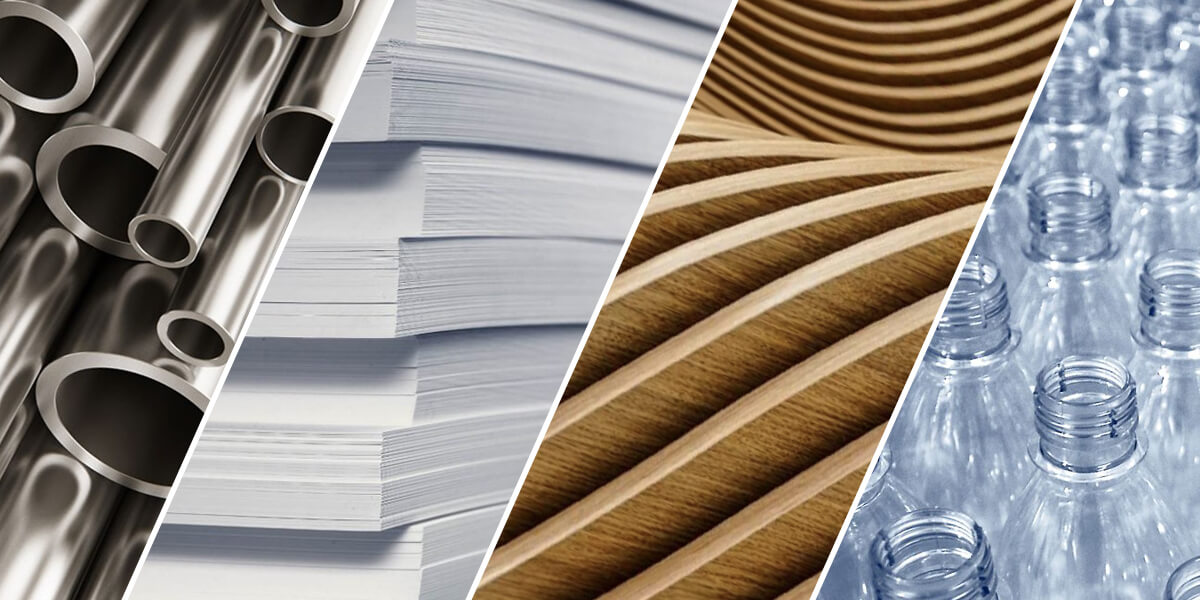
May 4, 2022
The Costs of Conflict
Russia’s invasion of Ukraine has sent shockwaves through the global economic system and oil prices soaring into the stratosphere. Moreover, the shuttering of two global markets has had immediate implications for shipping, particularly within Europe, and has significantly impacted critical brand commodities, including wheat, aluminium, glass, paper and steel.
All of this creates yet new challenges for brands and packaging suppliers and other industrial casualties of war. On top of existing supply chain issues, lingering COVID uncertainty and labour shortages, already unstable oil and gas supplies have been thrown into further turmoil as Europe phases out its dependency on Russian energy as part of its portfolio of sanctions.
Almost no economic sector will emerge unscathed following the Ukraine war. Though Russia and Ukraine’s global trade share does not exceed 2%, both countries remain crucial commodity exporters. In addition to energy exports, Russia and Ukraine export agricultural products such as wheat, corn, sunflower oil and fertilisers. Russia is also one of the world’s largest suppliers of rare metals, while Ukraine is the world’s leading supplier of rare gases. This significantly impacts the global semiconductor and automobile industries, amongst so many others.
Commodities as Casualties
Impacting the sourcing of so many materials and substrates, the ongoing conflict naturally has many ramifications on the packaging industry:

At first glance, the European paper packaging sector seemed to be relatively unaffected by the Russia-Ukraine conflict. However, on 28 April CEPI (the European Association representing the paper industry through its 18 member countries and some 895 pulp, paper and board mills across Europe) stated its mills were taking the difficult decision to temporarily stop production due to the extreme energy price increases following the Russian invasion of Ukraine. The organisation stated the situation appears unlikely to improve in the months to come and that the lasting impact of the currently ongoing crisis and recent breakdown of the energy system is deeply concerning.
Price and supply of raw materials like fiber, starch and other chemicals is further escalating paper packaging production costs.
In addition, the supply of wood is set to undergo a series of changes due to both harvests reaching their peak in Central Europe and the ongoing war on Ukraine. Russia, Belarus, and Ukraine also supply a considerable amount of the softwood used to manufacture pallets and packaging in Europe. The European Federation of Wooden Pallet & Packaging Manufacturers (FEFPEB) predicts significant pressure on the supply of pallets and packaging in Europe as soon as in the coming weeks.
Wood Sourcing on the Line
Wood-based packaging appears one of the most impacted sectors for now due to European suppliers’ dependence on timber from the region. According to the European Federation of Wooden Pallet & Packaging Manufacturers (FEFPEB), Ukraine is a key source of sawn softwood timber for Western European markets.
“The severe slowdown in the Ukrainian economy and halted production will have a serious and direct impact on big importers of softwood: Hungary, Italy and Germany. Across Europe we will see growing competition for more limited wood supplies and an upwards pressure on prices,” said the FEFPEB in a statement. The trade sanctions against Russia, a major exporter of spruce and pine, and Belarus will “significantly impact Europe as well,” added the Federation, warning that the industry should also be prepared for rising energy costs.
There are also few commodities precious to as many industries as steel. Alongside oil, this ubiquitous commodity underpins the world as we know it – a key material in everything from skyscrapers and cars to washing machines, railway and secondary packaging materials. One reason for concern is the sheer size of the Russian and Ukrainian steel industries. Russia is the world’s third biggest steel exporter, behind only China and Japan, while Ukraine is the eighth largest. Now Russia’s invasion threatens to turn steel into a luxury commodity. Shortages are imminent, prices have surged, and the rally is likely to be felt everywhere, adding to global inflationary pressures.
Another energy-intensive industry (as well as one that largely relies on petrochemicals), it is likely that the war in Ukraine is bound to pose additional challenges for the plastics value chain as many producers reduce activity whilst watching profit margins collapse.
Packaging procurement: ‘Just in Case’ replacing ‘Just in Time’?

© Masterclass.com
“Successful packaging procurement and supply chain configuration lies in the complex co-ordination of product, process and logistics. The complexity has intensified with recent events like the U.S.-China trade war, Covid-induced disruptions and the current Russia-Ukraine military conflict,” says Faizal Kassim, Operations Director at IPL Packaging. “Many companies once sceptical about the idea of re-shoring and multi-sourcing are starting to reexamine their options,” he states. “They are living through an era of extreme uncertainty, and all of a sudden ‘just-in-case’ sounds more reasonable than ‘just-in-time,” he says.
“Ultimately, procurement teams will need to rely on a robust and resilient packaging supply ecosystem and full transparency of packaging material specifications,” says Kassim. “For packaging suppliers, it is now more imperative than ever to have a centralised, effective, in-house system for understanding packaging specifications. This would enable one to seek or switch to alternative suppliers where necessary, explore avenues for replacing materials, and identify where bottlenecks may occur,” he says. “This approach can help companies to make targeted interventions to still meet sustainability targets. In fact, reusable or secondary packaging could also be a potential solution to supply shortages or establishing more sustainable alternatives.”
Close Collaboration is Key

© internetworld.de
“Packaging suppliers are operating at maximum capacity as demand surges and the availability of raw materials tightens,” continues Kassim. “As lead times escalate, brands and businesses may have to prioritise particular shipments.”
“Brands will therefore need to establish an ever closer and more collaborative relationship with their packaging suppliers to secure order fulfilment. Similarly, packaging suppliers will need to rely ever more heavily on their established relationships with manufacturing partners and consistently investigate and look to alternative sources,” he says. “This could include negotiating material substitutions or alternative production facilities, as well as looking at streamlined supplier onboarding as a potential solution.”
“The aim should therefore be to gain a better understanding of how to cope with supply shortages in each segment. Each element of the packaging process – from material to manufacturing (incl. energy usage), transport and logistics has its own set of risks that need to be factored into strategies to mitigate supply shortages and provide a strong base for decision-making,” states Kassim.
“The ongoing conflict has tragically impacted lives and livelihoods all over the globe and we need to stand united in the time of need. We can only hope for peace and stability across Europe moving forward.”
IPL Packaging is a global luxury packaging supplier with offices in the USA, Europe, Mexico, Asia and Africa. Approved manufacturing is available in several Asian countries, as well as sites in Eastern Europe. We create bespoke, tailored and exclusive packaging for any premium or luxury brand and lead the entire process, from conceptualisation and design to production and delivery.
For more information on packaging solutions or to gain insight into our latest packaging trends, follow us on LinkedIn, Facebook, YouTube or Pinterest. Keep an eye on our news section for insightful articles and innovative ideas around packaging materials, product development and design.
More articles

March 22, 2021
Millimetres matter when it comes to packaging design

September 7, 2021
Sustainable spirit – Aber Falls Whisky

November 17, 2020
Packaging and the New Luxury Perception

February 25, 2022
The Whole Truth – A Holistic view of Sustainable Packaging

October 27, 2020
The Past, Savoured in the Present – Bowmore

April 19, 2023
IPL Perspectives: Rex Wan & Amanda Comeau

November 26, 2020
TULLIBARDINE 15YO – A Luxury Packaging Awards Finalist

April 23, 2021